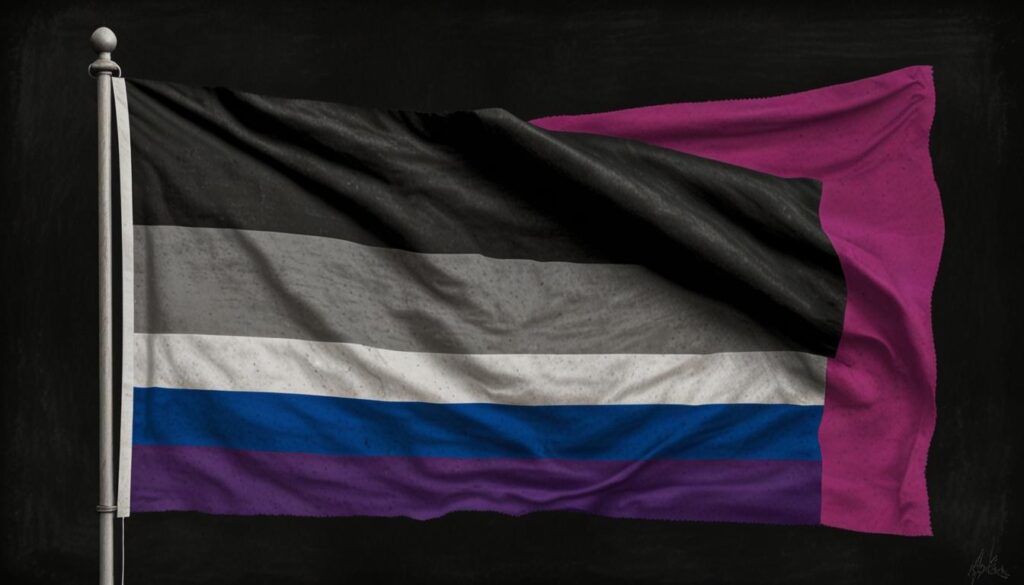A recent survey by Pew Research Center reveals key insights into the demographics, gender differences, age disparities, parental status, and outness of bisexual Americans compared to the LGBTQ+ community in the U.S., shedding light on their representation and social experiences.
As Americans observe LGBTQ+ Pride Month, commemorating the Stonewall Uprising of 1969 in New York City, a survey conducted by Pew Research Center in August 2023 found that 4% of U.S. adults identify as bisexual, making up the largest group among those who identify as LGBTQ+. The survey involved 11,945 U.S. adults and was part of the Center’s American Trends Panel, which aims to be representative of the U.S. adult population.
Key findings from the survey include:
-
Demographics: Bisexual individuals account for 60% of those who identify as lesbian, gay, or bisexual. Overall, 3% of U.S. adults identify as gay or lesbian.
-
Gender Differences: 5% of women identify as bisexual compared to 2% of men. Conversely, 4% of men identify as gay or lesbian compared to 2% of women.
-
Age Differences: 11% of adults under 30 identify as bisexual, compared to 5% of those aged 30 to 49 and 1% of those aged 50 and older.
-
Parental Status: About 36% of bisexual adults are parents, compared to 63% of straight adults and 22% of gay or lesbian adults.
-
Outness: Only 19% of bisexual adults say all or most of the important people in their lives know about their sexual orientation, contrasted with 75% of gay or lesbian adults.
Regarding representation, only one member of the current 118th Congress, independent Sen. Kyrsten Sinema of Arizona, is openly bisexual. Twelve lawmakers are openly gay or lesbian, accounting for about 2% of Congress.
These findings provide a detailed snapshot of bisexual Americans, highlighting demographic trends and social experiences.




















